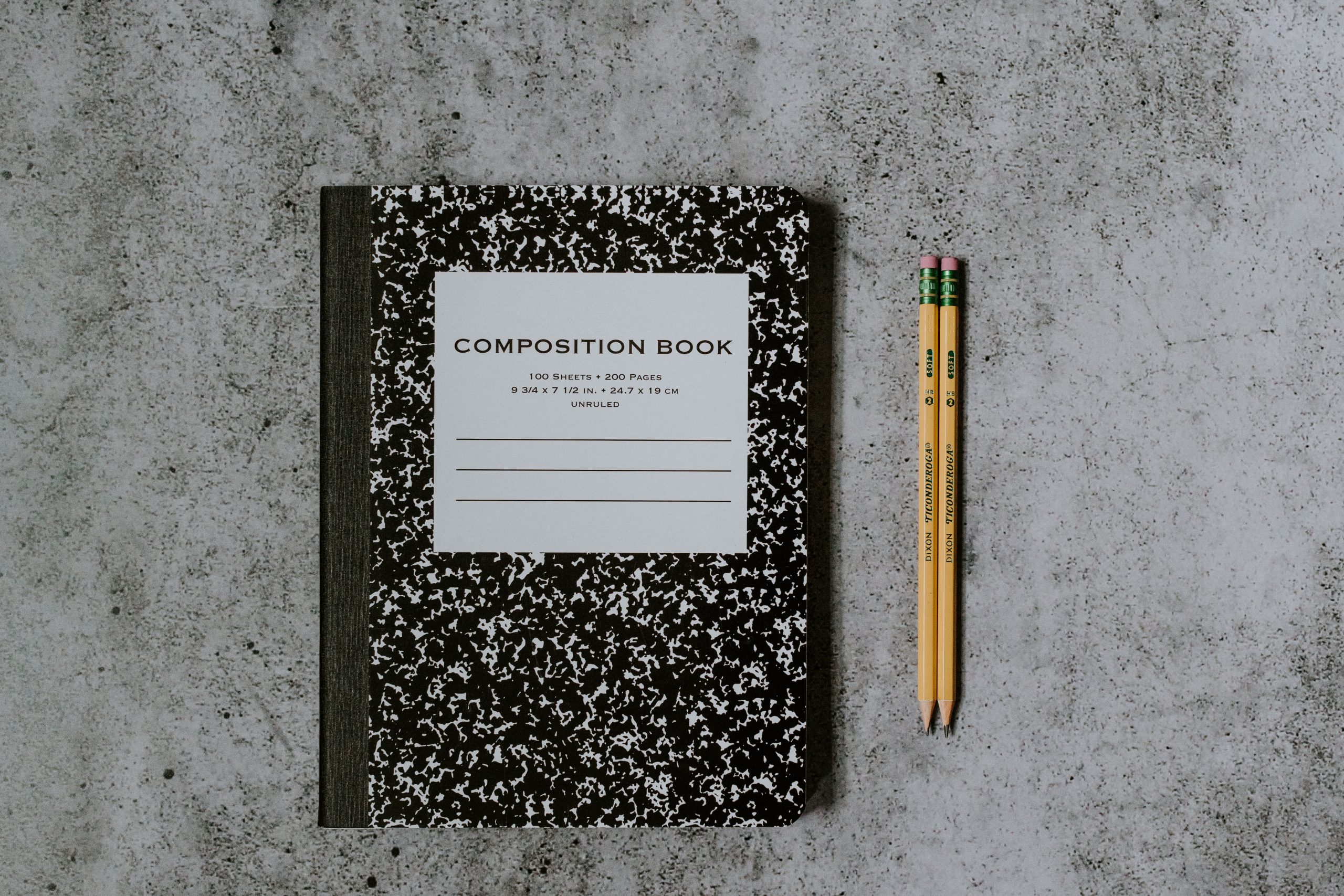GETTING STARTED
Advisers’ Guide to Starting a Middle or High School Newspaper by Susan Newell, MJE
Are you a first-time adviser? Maybe you’re a seasoned adviser looking for a refresher. Regardless, the information found in this guide will assist you in starting a journalism program from scratch or provide you with tips on how to keep your journalism program thriving.
Info Hub (National Scholastic Press Association)
What is the “Info Hub?” It’s a section of resources for the perfect sample or the definitive model. Whether it’s
a policy or a form, chances are someone has created what you’re looking for. Resources in the Info Hub are mainly those items that help student media organizations function, the elements that help students and
advisers be successful.
NATIONAL HIGH SCHOOL JOURNALISM SITES
School Journalism.org is a project of the American Society of Newspaper Editors (ASNE)
Journalism Education Association (JEA)
Columbia Scholastic Press Association (CSPA)
National Scholastic Press Association (NSPA)
Quill and Scroll (Q&S)
Best of High School Press (NSPA)
THE LAW
The Student Press Law Center offers advisers and students a place to go for help with legal matters. The site provides details for specific laws, past cases, and tips for dealing with school systems and administration.
The Student Press Law Center’s High School Top Ten FAQs is a list of the Top 10 questions that high school journalists asked about journalism law.
The JEA Press Rights Commission provides links to helpful information about journalism ethics and rights.
LESSON PLANS & ACTIVITIES
Digital Skills Workshop is designed for secondary-level teachers who want to introduce students to digital storytelling and journalism as a way to address Common Core Standards to enhance language arts, from the University of Oregon.
The Journalism Education Association has a huge curriculum database of lesson plans. We strongly encourage membership in this organization.
JEA’s Guide to Broadcast and Video continues to expand with articles, tips and ideas. Popular articles like “How to Start a Broadcast Program,” “How to choose the right video camera,” and “scheduling your broadcast staff” are there as well as some new ones relating to writing for broadcast, using mobile devices to create news packages, and live streaming.
History and ethics lesson plans: provides links to helpful information about journalism ethics history
Introduction and interviewing lesson plans: helps students think critically about media, as well as interview subjects
Editing and AP Style lesson plans: provides lessons helpful in understanding editing and Associated Press Style
Graphics, design and photography lesson plans: ideas to help with graphics, photojournalism and page layout
RESEARCH & READING
The Effects of Pre-University Study of Journalism on Entry to the Job Market
By Lee B. Becker, Jeong Yeob Han, Donna Wilcox and Tudor Vlad
From Journalism & Mass Communication Quarterly
Abstract: Research in the United States has shown that extracurricular activities at the high school level are beneficial for students. One type of extracurricular activity common in U.S. high schools is journalistic, including production of a student newspaper, involvement with student radio and television, and production of a yearbook. Little is known about the lasting effects of participation in high school extracurricular communication activities. This article examines the impact of participation in high school extracurricular communication activities on initial success in the job market, using data from a national sample of journalism and mass communication graduates.
Check out Journalism 101, a free e-book on teaching journalism by Nina Scott, an English instructor at Phillips Academy in Andover, Mass. This book was donated to the CK-12 Foundation under the Creative Commons Attribution-NonCommercial (CC BY-NC) license. This license allows others to use, distribute, and create derivative works based on the content. It contains chapters on the First Amendment, reporting and journalistic writing, digital journalism, ethics, and the law.
